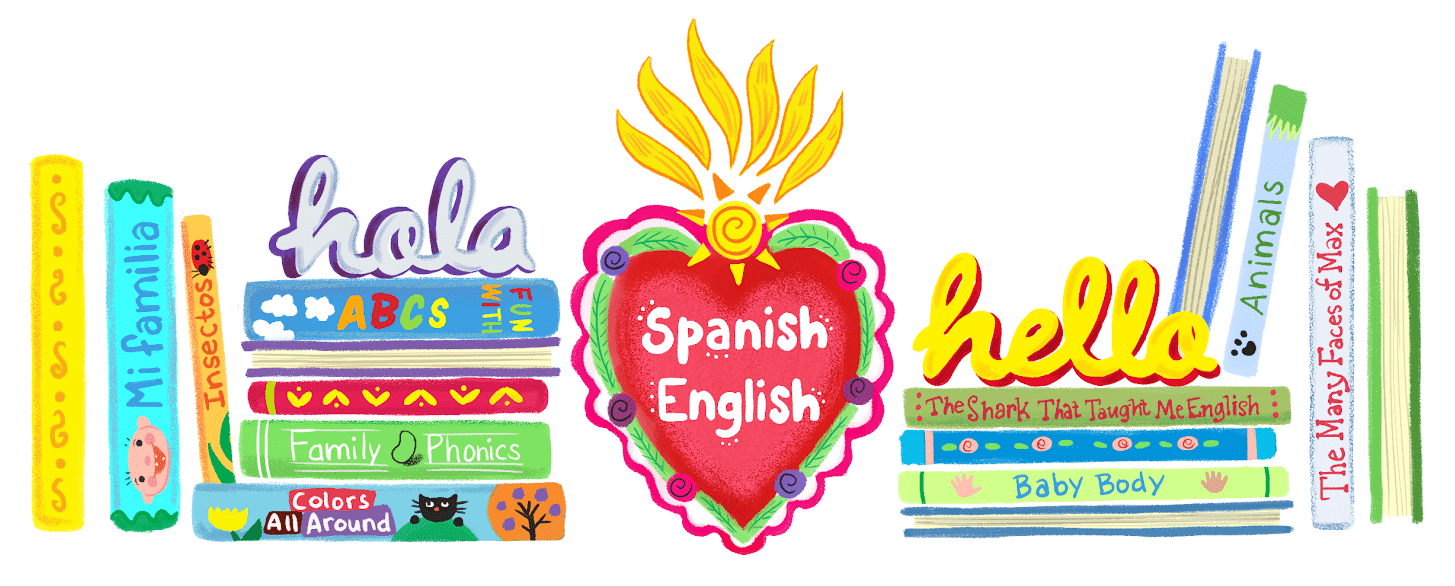
Two-way immersion programs are also known as dual language programs. These educational programs use two languages for the instruction of content and literacy. The most predominant two-way immersion programs in the United States combine English and Spanish. Two-way immersion programs help English Language Learners (ELLs) foster strong literacy and English language skills over an extended period of time. Likewise, they help native English speakers learn the same skills in Spanish or another partner language.
Dual language programs usually begin in kindergarten and run through high school. Two-way immersion programs combine students from two distinct language groups and provide instruction for both groups in their native languages 50 percent of the time. This type of program has been around for over 40 years, and continues to grow in popularity. Features of high-quality two-way immersion programs include:
- An equal amount of students from each language group.
- Students develop high-level proficiency in their native language.
- Students develop high-level proficiency in their second language.
- The program provides integrated instruction in which all students are taught together for core academic instruction.
- All students’ academic performance will be at or above grade level.
- Students demonstrate positive attitudes and behaviors towards both cultures.
Two-way immersion programs are popular because research demonstrates that dual language instruction provides cognitive and academic benefits for students, regardless of their socioeconomic status or native language. This type of program helps to close the achievement gap between ELLs and native English speakers. Further, these programs help to foster academic success for all students.
Parents of students in two-way immersion programs can help their children obtain greater literacy skills in both their native and secondary languages. Lectura Books offers bilingual books that parents can use to help solidify the literacy and language skills of their children. Practice makes perfect; so, parents should discuss and go over the words being taught, in order to make sure that they and their children understand their native and second language.
